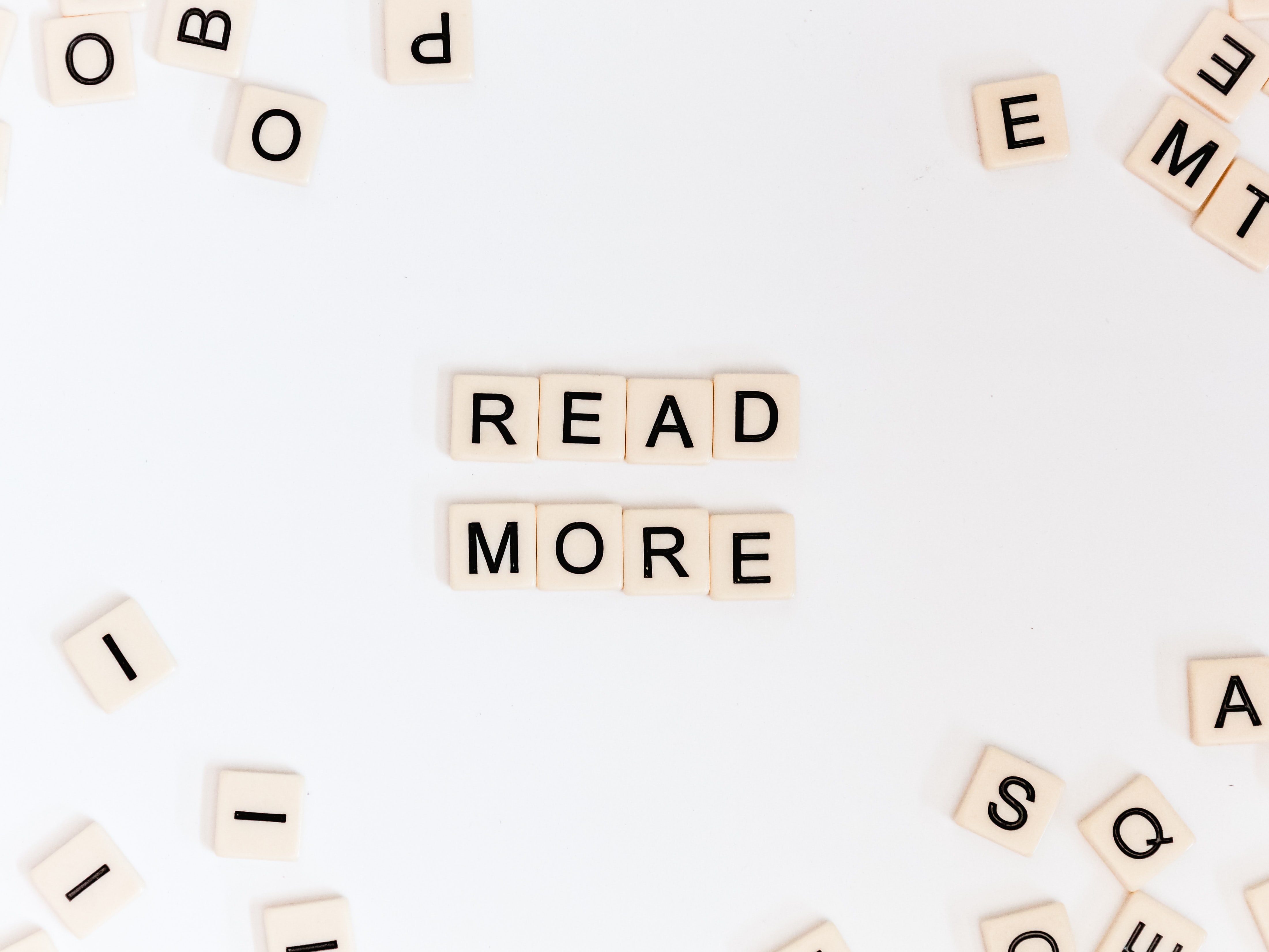Kapanlagi.com - In Indonesian language lessons, you must have encountered material about sentences. When learning it, you will find the subject as one of the sentence elements. Then, what is the meaning of the subject?
The meaning of the subject in a sentence can be considered as the main topic. Usually, this position is filled by a noun located before the predicate element. Its function can be considered as the doer in the sentence.
However, if you want to understand the ins and outs of sentences more deeply, it is not enough to just learn the meaning of the subject. Here is information about the elements and characteristics of sentences in full that you can learn.
1. Meaning of Subject

Illustration (Credit: Unsplash)
When discussing sentence elements, you must have heard the term subject. According to the Great Indonesian Dictionary (KBBI), the meaning of subject is the clause that marks what is said by the speaker or the subject of the sentence. In addition, the subject can also be understood as the actor in an event.
Meanwhile, the meaning of subject in a sentence is the clause that marks what is being discussed by the speaker. The types of words that can occupy the subject position in a sentence include nouns (nomina), noun phrases (frasa nominal), or clauses. So, if you want to find the subject in a sentence, try applying the question with the words "what" or "who".
The question word "what" can be used to find the subject in the form of non-living things. While the question word "who" can be used to find the subject of a person or living thing. However, in general Indonesian language usage, the subject usually comes from a noun phrase. Nevertheless, the subject can also use verbs or adjectives, but its use is only in spoken language.
2. Meaning of Sentence

Illustration (Credit: Unsplash)
In the explanation of the meaning of subject above, the elements of a sentence have been mentioned. To make it easier to understand other elements, it is not wrong for you to try to understand the meaning of a sentence first.
According to KBBI, a sentence is a unit of speech that expresses a concept of thought and feeling. You are certainly familiar with the use of sentences in daily activities, both in oral and written forms. However, sometimes speakers are not aware of the meaning of the sentence itself. Therefore, it is not wrong for you to try to listen to other definitions of a sentence through the opinions of several experts below.
- According to Ramlan (1996), a sentence is a grammatical unit that is limited by a long pause accompanied by a final tone that goes up or down. Based on the above definitions, it can be concluded that a sentence is the smallest language unit in the form of a clause, which can stand alone and contain a complete thought.
- According to Kridalaksana, a sentence is a relatively independent language unit, has a final intonation pattern, and actually or potentially consists of a clause; a free clause that is part of the cognitive conversation; a proposition unit that is a combination of clauses or a single clause, which forms a free unit; a minimal answer, a greeting, a call, and so on.
- According to traditional grammar experts in the book Chaer (1994:240), "a sentence is an orderly arrangement of words that contains a complete thought".
3. Elements of Sentence

Illustration (Credit: Unsplash)
Not only knowing the meaning of the subject is enough, to fully understand the elements of a sentence, you also need to learn other elements. Well, you can read the explanation about it in the following information.
- P (Predicate)
The meaning of the predicate according to KBBI is the part of the sentence that marks what the speaker says about the subject. Usually, the predicate uses verbs or adjectives. However, sometimes the predicate can also be filled with adjectives and nouns. The position of the predicate itself is between the subject and the object.
- O (Object)
An object can be interpreted as a thing, matter, or person that is the subject of discussion. Usually, the object is located after the predicate. Therefore, the object can be said to be a description related to the predicate or something that experiences it. However, in a passive sentence, the object becomes the subject. Generally, the object is filled with nominal word classes, nominal phrases, or clauses.
- K (Complement)
The position of the complement in a sentence is usually at the end. Complement elements are usually used as sentence complements. Complements can be filled with phrases, words, or clauses. Complements in the form of phrases will be marked with prepositions such as to, in, from, on, within, to, towards, for, by, and about. While complements in the form of clauses are marked with prepositions such as because, when, if, although, so that, and so on.
- Complement
Although only functioning to complete the sentence, the complement is an element that complements the predicate. This is what shows that the position of the complement is behind the predicate.
4. Characteristics of Sentence

Illustration (Credit: Unsplash)
After understanding the meaning of subject, predicate, object, and other elements in a sentence, you may also be interested in knowing its characteristics. Here are the characteristics of a sentence that you can observe:
- In spoken language, a sentence begins and ends with silence.
- In written language, a sentence begins with a capital letter and ends with a period (.), question mark (?), or exclamation mark (!).
- An active sentence consists of a subject and predicate.
- A transitive predicate is accompanied by an object, while an intransitive predicate can be accompanied by a complement.
- Contains a complete assumption.
- Uses a logical order in each word or group of words that supports the function (SPOK) and is arranged into units according to its function.
- Contains: unit of meaning, idea, and clear message.
- In a paragraph consisting of two or more sentences, the sentences are arranged into units of related ideas. The relationship is established through conjunctions, pronouns, repetition/parallel structure.
Well, KLovers, that is the complete explanation of the meaning of subject, predicate, object, and elements as well as the characteristics of a sentence that you can understand.
(kpl/gen/ans)
Disclaimer: This translation from Bahasa Indonesia to English has been generated by Artificial Intelligence.
















